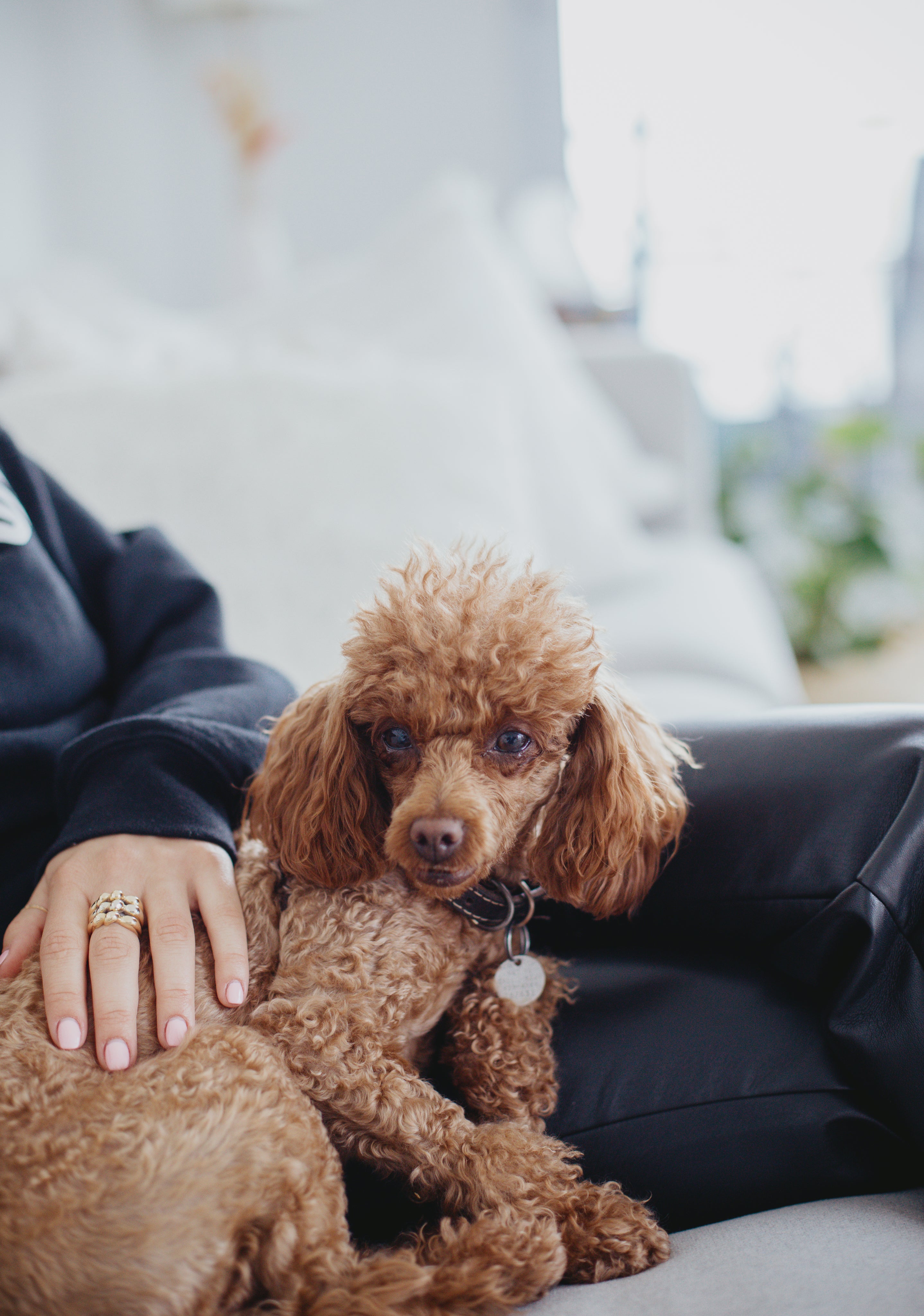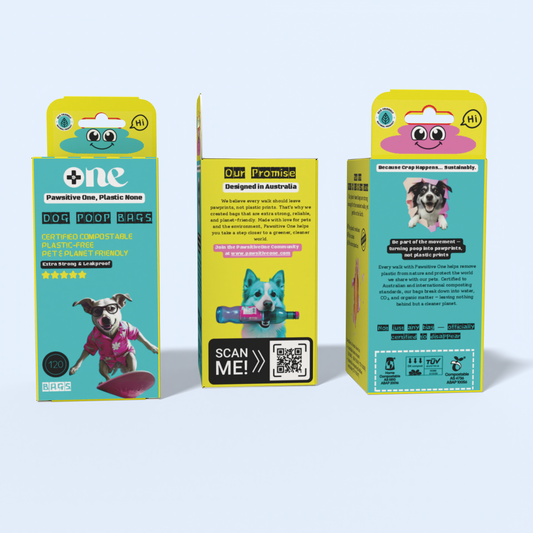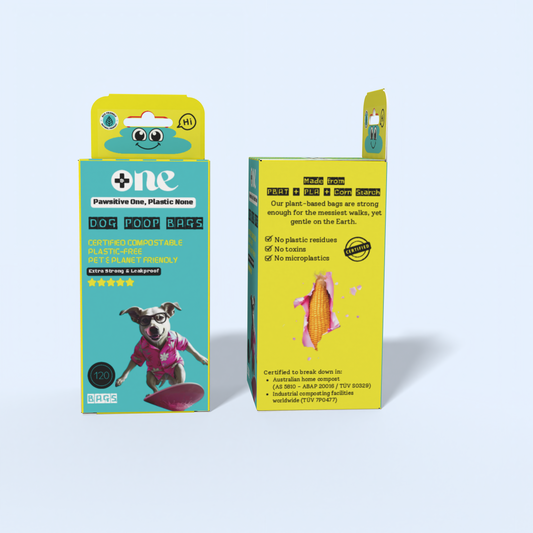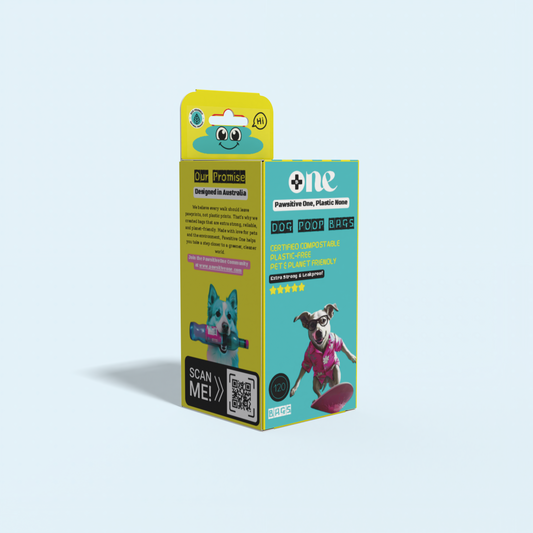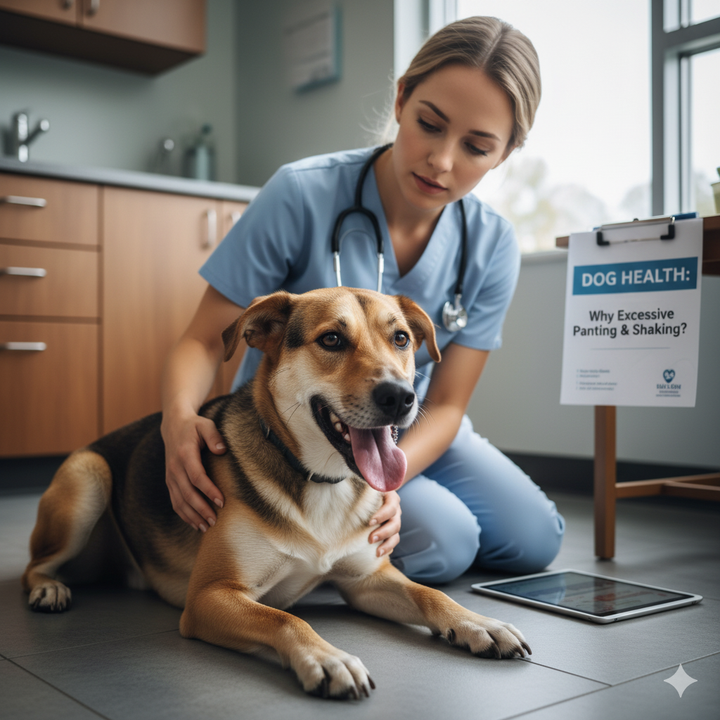What to Do If Your Dog is Stung by a Bee
It's a classic Aussie summer scenario: your curious canine companion is sniffing around the garden, and suddenly, there's a yelp! The culprit? A buzzing bee. Bee stings are an unfortunate but common occurrence for dogs, especially for those playful pups who love to explore with their noses and mouths.
While most bee stings are harmless and cause only minor discomfort, it's crucial for every dog owner to know how to react. A quick, calm response can make all the difference, especially if your dog has an allergic reaction.
Here’s your PawsitiveOne guide to handling a bee sting.

Step 1: Stay Calm & Locate the Sting
First and foremost, take a deep breath. Your dog will pick up on your anxiety. Gently examine your dog, paying close attention to their face (muzzle, lips, eyelids), paws, and inside their mouth – these are common areas for stings. You might see:
-
Sudden yelping or limping.
-
Paw licking or face rubbing.
-
Localised swelling.
-
The actual stinger (looks like a tiny black speck, sometimes with a small sac attached).
Step 2: Remove the Stinger (If Present)
Unlike wasps, bees leave their barbed stinger behind. This is important to remove because it continues to pump venom.
-
Do NOT use tweezers to squeeze it. This can inject more venom.
-
Use a credit card, a dull knife, or your fingernail to gently scrape the stinger sideways out of the skin. Think of it like trying to scrape gum off a shoe.
Step 3: Administer Basic First Aid
Once the stinger is out (or if you can't find one, as with a wasp sting), focus on reducing swelling and discomfort.
-
Apply a cold compress: An ice pack wrapped in a cloth or even a bag of frozen peas will help reduce swelling and numb the area. Apply for 10-15 minutes at a time.
-
Baking soda paste: Mix a small amount of baking soda with water to form a paste and apply it to the sting site. This can help neutralise the venom and soothe the area.
-
Keep an eye on them: Monitor your dog closely for the next few hours.
Step 4: When to Call the Vet IMMEDIATELY
While most stings are mild, some dogs can have severe allergic reactions (anaphylaxis) or stings in dangerous locations. Contact your vet straight away if you notice any of the following:
-
Stings inside the mouth or throat: Swelling here can obstruct breathing, which is a life-threatening emergency.
-
Multiple stings: A swarm of bees can inject a dangerous amount of venom.
-
Severe swelling that spreads rapidly: Beyond the immediate sting site, especially if it affects the whole face or a significant body part.
-
Difficulty breathing: Wheezing, laboured breathing, or excessive panting.
-
Hives: Bumps or rashes appearing all over the body.
-
Vomiting or diarrhoea.
-
Weakness, lethargy, or collapse.
-
Pale gums.
If you're unsure, it's always better to be safe and call your vet. They can advise you over the phone or tell you to bring your dog in for an examination and potentially antihistamines or other treatments.
After the Sting: Prevention & Comfort
Once the immediate danger has passed, keep the area clean and continue to monitor for any signs of infection.
To help prevent future stings:
-
Avoid flowering plants: Keep your dog away from areas with lots of bees, especially during peak flowering seasons.
-
Supervise curiosity: Keep a close eye on inquisitive pups who love to stick their noses into bushes.
-
Clear fallen fruit: If you have fruit trees, clear fallen fruit quickly as it attracts insects.
Knowing what to do in the stressful moment of a bee sting can empower you to act quickly and keep your PawsitiveOne companion safe. Always trust your instincts, and when in doubt, call your vet!







